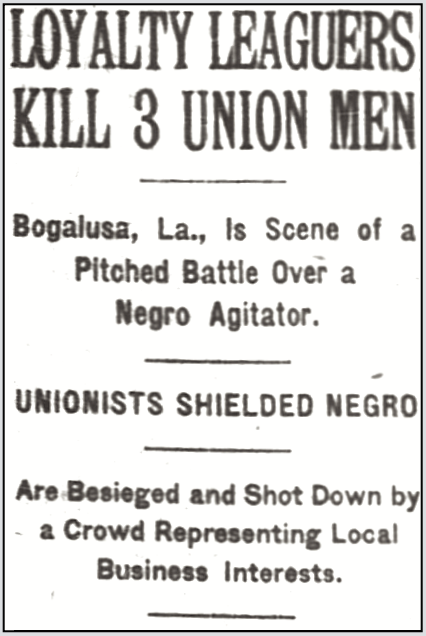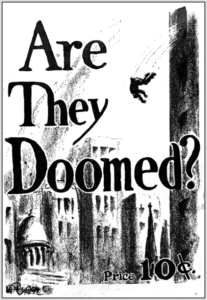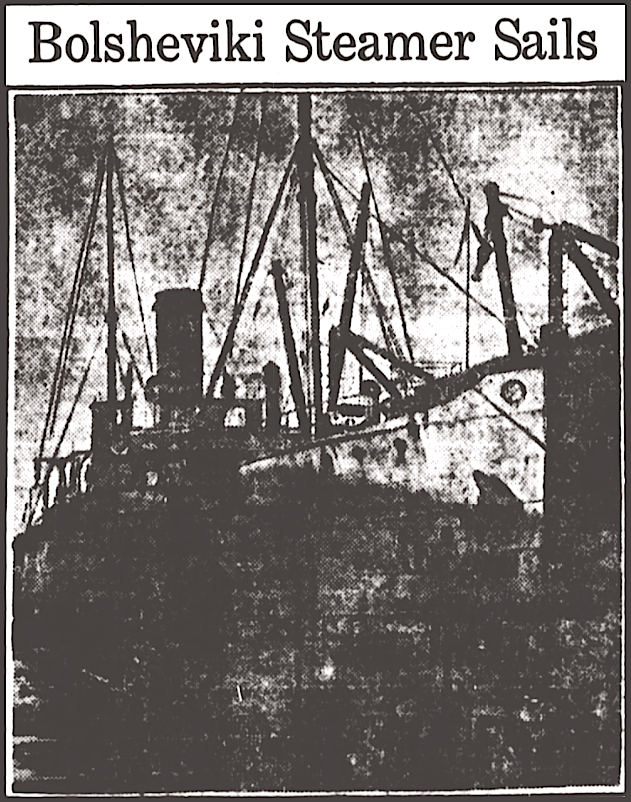 —————
—————
Hellraisers Journal – Sunday December 18, 1921
Southeastern Kansas – Art Shields Reports on the Miner’s “Amazon Army”
From the Oklahoma Leader of December 13, 1921:
PITTSBURG, Kan., Dec 13- There is joy and laughter in the coal fields of Kansas for the strikebreakers are on the run before the militant ladles of that Sunflower state.
The fun begun before daylight when the 120 men who have helped themselves to the vacant jobs in the big Jackson-Walker mine No. 17 near South Franklin began to get off the two interurban cars and to get into hot water all at once.
They say there used to be some excitement in the old Amazon days, but it was nothing to the action out there on the Kansas prairie. Seven hundred and fifty lively ladies gave the travelers the liveliest reception they had ever experienced. Young women, old women, blondes, brunettes and every kind began swarming into those wishers for unhallowed work and began ruffing their feelings.
Deputies Looked On.
In the midst of the charming host were the forces of the law, Sheriff Gould and his deputies, to see that nothing happened that ought not to happen, and all they could do was to look on while the cause of the trouble was all removed by the visitors rushing pell mell back into the cars and begging the motormen to drive on.
What could the sheriff do against such a crowd of lovely femininity, all in their best bibs and tuckers, flying the stars and strips from a dozen poles and laughing and singing? One stalwart woman wrapped her country’s banner around the sheriff and gave him three cheers, and they all joined in and gave him three cheers, and gave the inter-urban cars a salvo of hurrahs as they went on with the men who tried to break the strike for the release of Howat and Dorchy.


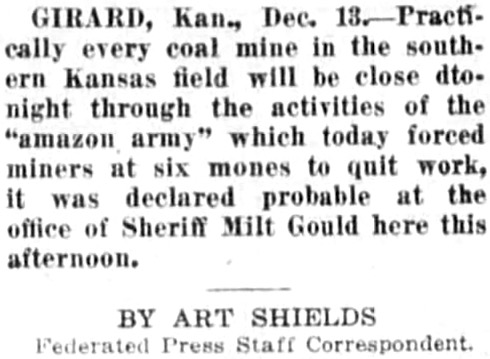
 —————
—————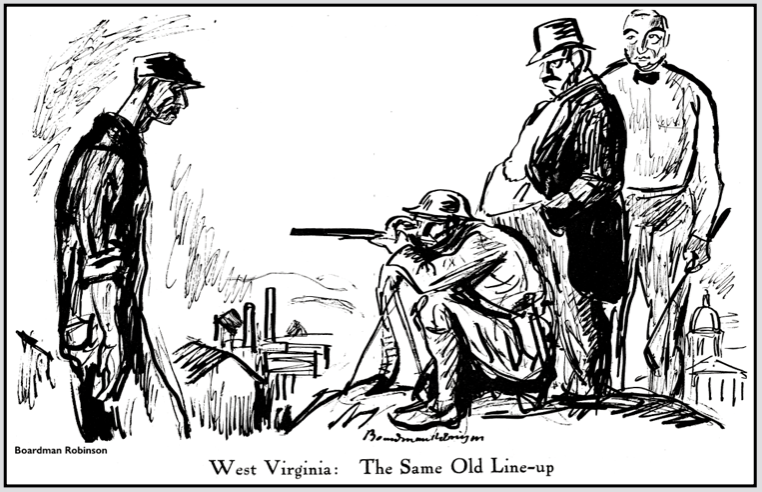
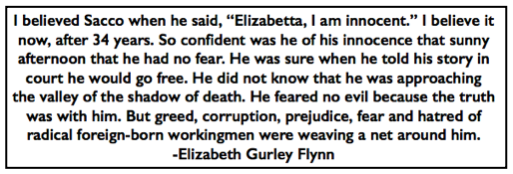 —————
—————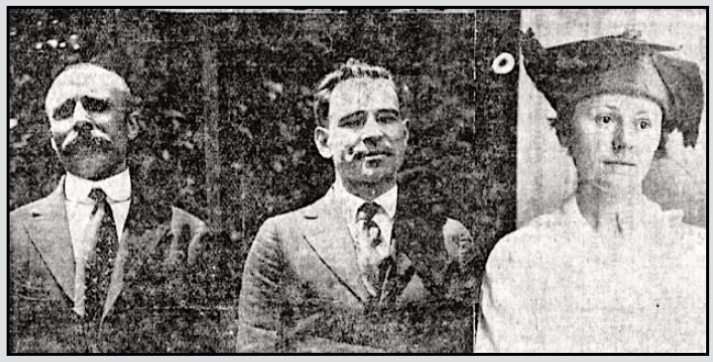
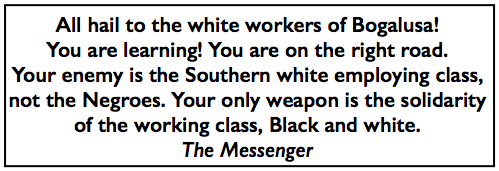 —————
—————